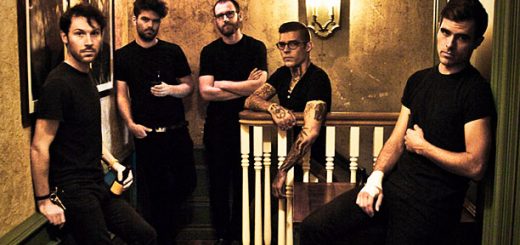Painted in oil: Calgary’s art influenced by oil and gas funding

Not only does the arts scene offer a fresh sense of vibrancy to our city, it also benefits and diversifies our economy. Photo illustration by Riggs Zyrille Vergara
By Ayra Fouad, Staff Writer
In Calgary, it isn’t just the economy that is impacted by the boom and bust cycle of the oil and gas industry. Calgary is home to a vibrant arts scene, that in part is supported through the patronage of the oil and gas companies that call our city their headquarters.
With Calgary’s reliance on the oil and gas industry, the moment gas prices drop, the local economy finds itself in a recession. Although the arts are not often seen as a sector impacted by economic hardship, with the instability of the Calgary economy, how are our arts impacted when one of their major sources of funding falls? With a city that is as proud of its arts as it is of its oil, do these two important cultural characteristics coexist or conflict?
As I was wandering the streets of downtown Calgary the other day, I noticed just how artistically expressive our city is. I passed by the beautiful wall murals and boards covered in posters for different plays and orchestral events, and was overwhelmed by the degree to which art is embedded in Calgary’s culture.
But so is the practice of the oil and gas industry to donate, or sponsor arts projects around the city. In an article published in the Calgary Herald, journalist Stephen Hunt wrote, “through its patronage of our arts scene – and new play incubators such as Lunchbox Theatre and Alberta Theatre Projects – Calgary’s oil and gas industry plays a vital role in Calgary’s emergence as one of the more dynamic, innovative arts communities in the country.”
Hunt adds that many local works have premiered at the Lunchbox Theatre, giving many local playwrights and actors the opportunity to pursue a professional career in theatre, as a result of Suncor’s 26 year long sponsorship of the theatre.
Despite the fact that this kind of patronage allows otherwise underfunded artists to pursue their careers, the direct correlation between Calgary’s economy and the oil and gas industry could pose a potential threat.
Upon visiting the Glenbow Museum, the influence of the oil and gas industry was quickly made evident. An entire exhibition is dedicated to the industry, complete with summaries of influential figures, deeming them to be heroes. Much like any other learning space, museums shouldn’t exhibit a biased perspective. Unfortunately, due to the fact that the arts community in Calgary is heavily funded by the oil and gas industry, the viewpoint that these spaces showcase will also be heavily biased.
Although it may seem that an economic downturn in the oil sector, may mean a downturn in support for the arts, so far, the arts scene has been thriving.
For example, on Jan. 23, Contemporary Calgary opened its doors to the public, displaying exhibits that “feature works from local artists and international exhibitions including Yoko Ono, Luke Jerram, Omar Ba and more.” The event attracted over 1,000 people and gave Calgarians a chance to appreciate influential works of art from world- renowned artists up close, as well as experience local artists alongside them.
Not only does the arts scene offer a fresh sense of vibrancy to our city, it also benefits and diversifies our economy. It brings in tourists with a thirst for entertainment, be it in the form of an opera performance, a stroll through a museum or even to have their picture taken beside a sculpture of a human head at the base of Calgary’s tallest skyscraper. It also attracts artists to pursue careers in their particular niche due to the fact that the arts community is not only protected by, but is championed by both the people and the economy.
Despite the fact that the economic state of Calgary is primarily dependent on the oil and gas industry which is, quite frankly, unstable, it is comforting to know that the art community is very much supported by it, and strong on its own terms.





